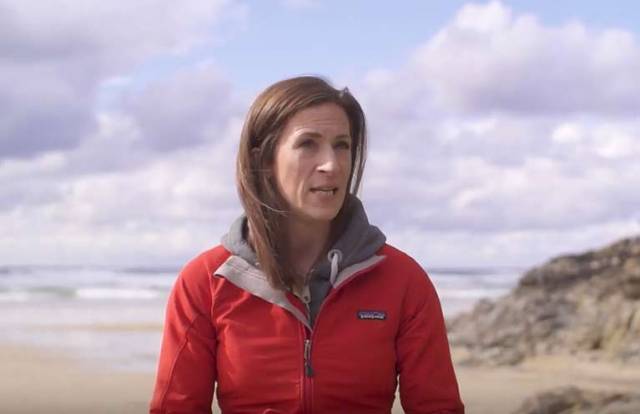Annual coastal fatality figures released today in the UK by the RNLI lifesaving charity reveal that, of the 128 people who lost their lives at the UK coast in 2018, ninety per cent were male. Although coastal deaths were higher last year compared to the 2017 figure (109), 2018 is the second consecutive year to show a lower than average figure*.
The data also shows over half (55%) of those who died at the coast in 2018 ended up in the water unexpectedly – a figure that has remained consistent in recent years.
As the RNLI’s national drowning prevention campaign Respect the Water launches for 2019, The RNLI is urging the public to take action and follow this potentially lifesaving advice if they find themselves in trouble in cold water:
- Fight your instinct to swim hard or thrash about – this can lead to breathing in water and drowning
- Instead, relax and FLOAT on your back, until you have regained control of your breathing
Steve Instance, RNLI Community Safety Partner and St Agnes shore crew member says: ‘No one should have to lose someone they love to drowning. Many of the tragic deaths at the coast can be avoided if people understand the risks and prepare themselves by practising the Float technique. It’s encouraging for us at the charity to see the number of coastal fatalities fall below average for the second year running, and we’re hopeful our education work is contributing to this downward trend. We’ve been contacted by people who say they recalled the Float safety message while in serious trouble in the water, and that following the RNLI’s advice helped save their life. But we can’t get complacent, we all have a role in getting behind coastal safety education, investing in initiatives and sharing survival skills to help save lives from drowning.’
Ruth Osborne from Newquay was a keen amateur surfer. When out surfing in Perranporth her surfboard leash snapped, leaving her in the water beginning to panic: ‘Wave after wave came. You get tumbled up like a washing machine. I was now out of my depth and drifting out of sight. I thought “that’s it, that’s me gone. I can’t deal with this anymore”. Just a few days earlier I’d been speaking to an RNLI lifeguard, who told me what to do if I was in trouble in the water. I remembered his advice to relax and float, rather than try and swim. I just trusted that laying back would allow me to keep my head out of the water. I was able to conserve my energy and catch my breath. I was eventually pushed back to shore. The advice helped me stay alive.’
Steve continues: ‘A worrying trend shows men make up most of the fatalities at the coast every year; last year 115 males lost their lives. Many of them did not plan on entering the water, with slips, trips and falls catching them unaware while out running or walking. Knowing what to do if you fall into cold water can be the difference between life and death.
‘The instinctive human reaction when you fall into cold water can cause panic and gasping for breath, increasing the chances of breathing in water. Although it’s counter intuitive, the best immediate course of action is to fight your instinct and float on your back.’
Nathan Slack from Cambridgeshire took a trip to the Dorset coast last summer. While out swimming he found himself in danger after being pulled out to sea by a strong current: ‘I tried to swim and paddle back to shore but nothing was happening. I started to panic. That’s when I remembered the RNLI’s advert I’d heard on the radio, which told me to float instead of trying to fight the water. I just lay back and started floating and kicking my legs. Eventually, after about 20 minutes, I managed to get back to the safety of the beach. The advice saved my life. I hope sharing my story can help others who might find themselves in a similar situation.’
For more advice on how to float visit RespectTheWater.com.
For those planning to go into the water, the best way to enjoy it safely is to choose a lifeguarded beach and swim between the red and yellow flags – the area most closely monitored by the lifeguards. And if you see someone else in danger in the water at the coast, fight your instinct to go in and try to rescue them yourself, instead call 999 or 112 and ask for the Coastguard.’
The Respect the Water campaign will run throughout the summer with advertising across cinema, outdoor posters, radio, online, and catch-up TV channels.































































